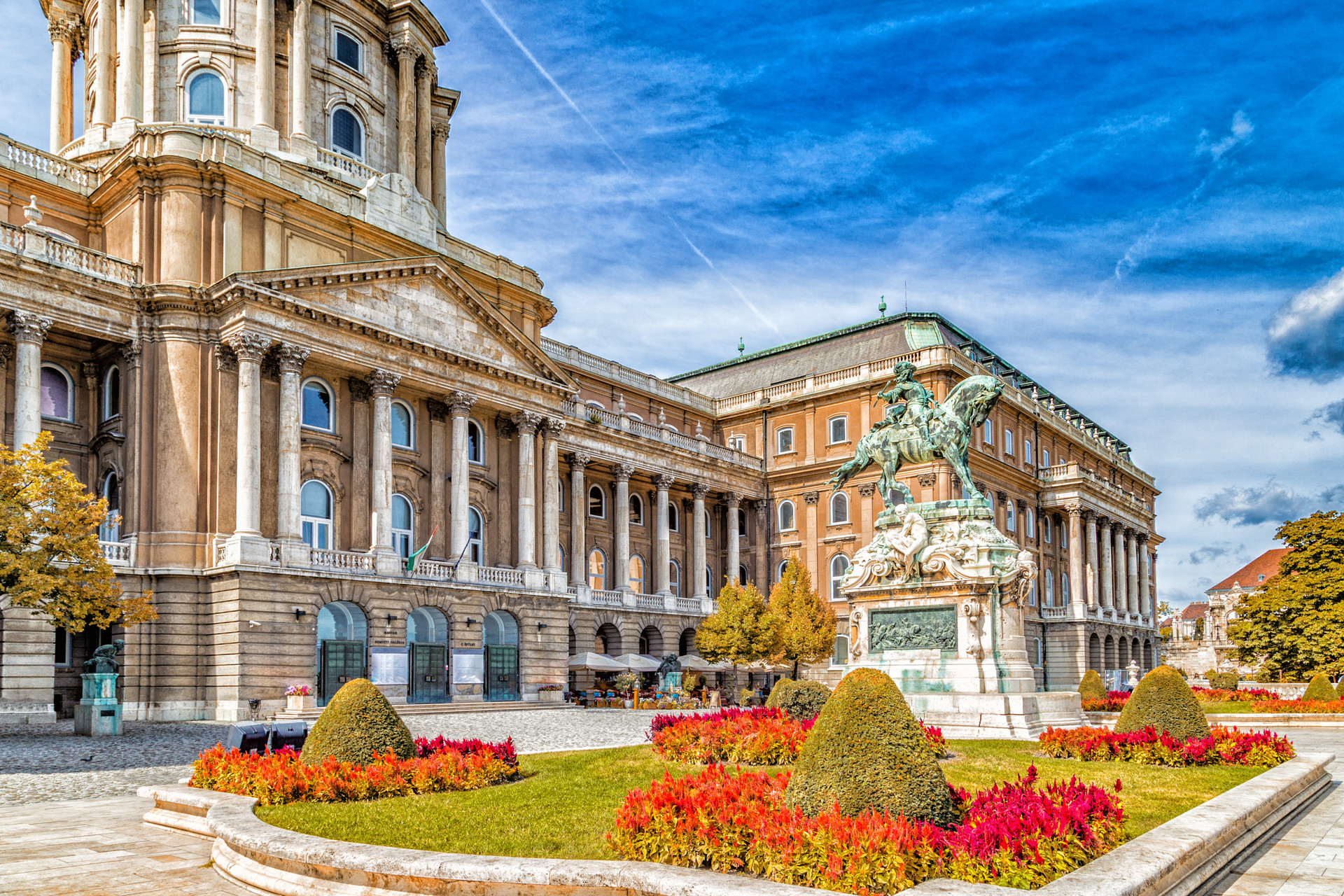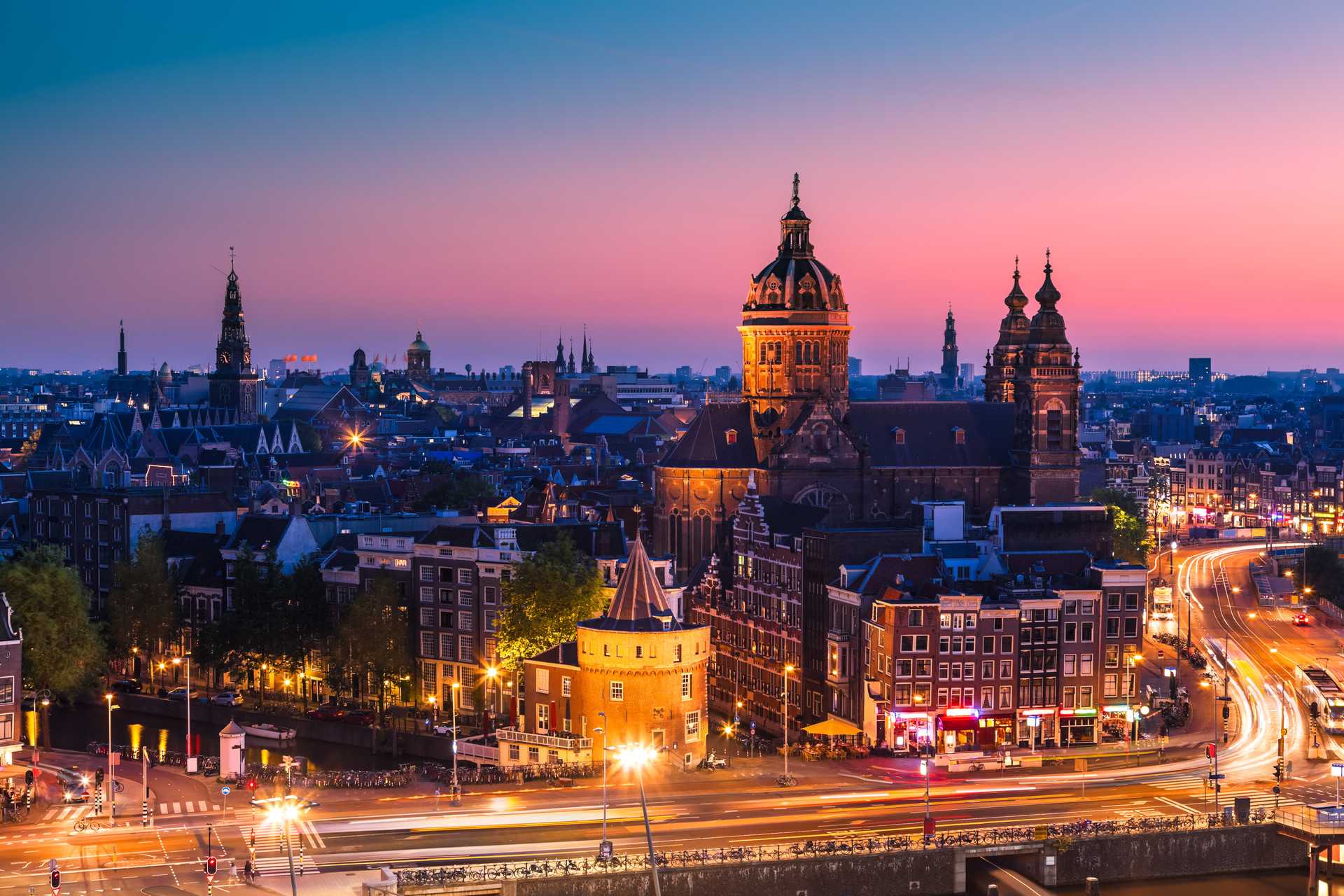Hungary’s chief metropolis is packed with brilliant things to view and do, from ancient shrines to structural marvels. While there are lots of concealed jewels and locations to tour off the frequented trail in Budapest, these are some of the must-view wonders to take off your Budapest travel list. Book a flight to Budapest the main metropolis of Hungary and make sure to visit these top attractions!
Széchenyi Thermal Baths.
Thanks to its profusion of thermal baths, Budapest has gotten the label ‘Metropolis of Spas’. There are numerous brilliant baths in the Hungarian metropolis, but Széchenyi gets our poll for its spectacular construction and outdoor bathing: tourists could unwind in two open-air thermal pools, encircled by neo-Baroque and neo-Renaissance structural designs.

Hungarian State Opera House.
Situated on the famous Andrássy Avenue, the Hungarian State Opera House is broadly regarded as one of the world’s most stunning. The structure has held top-notch operatic presentations and also ballets, concerts and more; for anyone not needing to watch a show, led trips of the structure to happen every day, with the choice to add on a ‘little-concert’.

Hungarian Parliament Building.
Hungary’s Parliament Building was constructed during 1902 and is the third biggest parliament structure in the world. Positioned on the edge of the river Danube, in Pest, it’s a remarkable structure constructed in the Gothic Revival manner and is worth touring both for its spectacular construction and political importance. Visits of the structure’s inner parts are obtainable in various dialects, while the exterior there’s a newly restored courtyard and a memorial to the casualties of the 1956 rebellion in Hungary.

Fisherman’s Bastion.
A mythical palace on the Buda part of the metropolis, the Fisherman’s Bastion is a viewpoint giving spectacular extensive sights over the Danube to the Hungarian Parliament Building and Pest. Constructed during 1902, in the neo-Gothic and neo-Romanesque designs, it’s an extremely camera-friendly section of the metropolis and is complementary to tour.

Buda Castle.
A UNESCO World Heritage Site, the building of Buda Castle initially started during the 13th century, and from then the structure has experienced various structural alterations. Now, it’s a blend of the old-fashioned, Baroque, Baroque Revival and modernist designs, and its estates offer a remarkable observation point above Pest. It’s also residence to the Hungarian National Gallery, an art museum displaying native painters.

St Stephen’s Basilica.
Together with the Hungarian Parliament Building, St Stephen’s Basilica takes the label as the highest structure in Budapest, standing at 96 meters high. The building was finished in 1905, with the Roman Catholic Basilica constructed in the neoclassical design. Its interior is complementary to tour (contributions are accepted), while its mid-dome is residence to a sweeping viewpoint which is well valued the minor charge.

Szimpla Kert.
Located in ancient, run-down structures earlier intended for decay, Budapest’s disintegrated pubs make use of run-down expanses to create exceptional sites to drink and eat. There are lots of brilliant disintegrated pubs all over the metropolis; but, if you tour just one, make it Szimpla Kert. Extensively glimpsed as the creator of the disintegrated pub undertaking, it’s a peculiar bar with fascinating, exceptional ornaments.

The Great Market Hall.
Laid out over three floors, Budapest’s Great Market Hall is residence to booths marketing paprika, fresh fruit, salami vegetables and more. In the cellar, the concentration is on fish and meat; stands on the first floor mainly sell spices, foodstuffs, meat, and wines; but on the upper level, there are Hungarian artistries and food booths marketing customary Hungarian dishes. Opened during 1897, the Great Market Hall is the most ancient in the metropolis and is famous both for its extent and its stunning construction.

Vajdahunyad Castle.
Nowadays, it’s one of Budapest’s most common marvels; but, during the period of its creation, it was envisioned merely as a portion of the Millennial Exhibition had in the metropolis during 1896. Constructed from cardboard and wood and developed by Ignác Alpár, the castle contained copies of structures through the Kingdom of Hungary. It was transformed into rock in the early 1900s and today it holds plenty of events and festivals, and its also residence to the Hungarian Agricultural Museum.

Dohány Street Synagogue.
Europe’s biggest synagogue (and the world’s second biggest), The Great Synagogue was constructed in the Moorish Revival technique during 1859. In WWII, the structure endured destruction and mistreatment; it wasn’t till the 1990s that it would be reconstructed to its previous glory. Inside the Synagogue’s compound, tourists would discover the Jewish Cemetery – the resting site of plenty who passed away in the Holocaust – and the Raoul Wallenberg Memorial Park committed to the Swedish representative who operated to protect thousands from Nazi and Arrow Cross harassment.
The Chain Bridge.
The primary lasting bridge to link Buda and Pest, the Chain Bridge is recognized for its ancient importance and stunning construction. A trail permits walkers to stroll over the hanging bridge, relishing sights above the Danube, while rock lions at either end are one of the memorial’s main characteristics. It’s worth mentioning that the Chain Bridge is scheduled to be closed amid mid to late 2017 – 2019 because of restorations.

Margit-sziget.
For pure environments not further from the metropolitan hub, travel to the serene sanctuary of Margaret Island. Situated on the Danube and accessible thanks to the 4/6 tram, the park is a brilliant location to go jogging thanks to the committed, 5-km-lengthy running trail. It’s also the ideal expanse in which to relish a picnic and get away from the hustle and bustle of metropolitan life.









